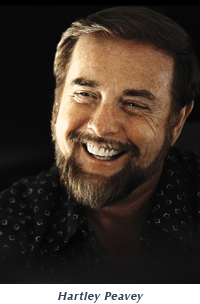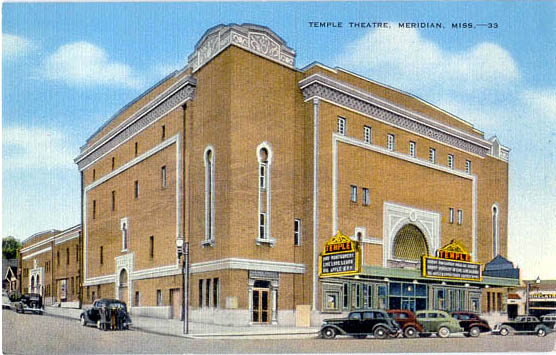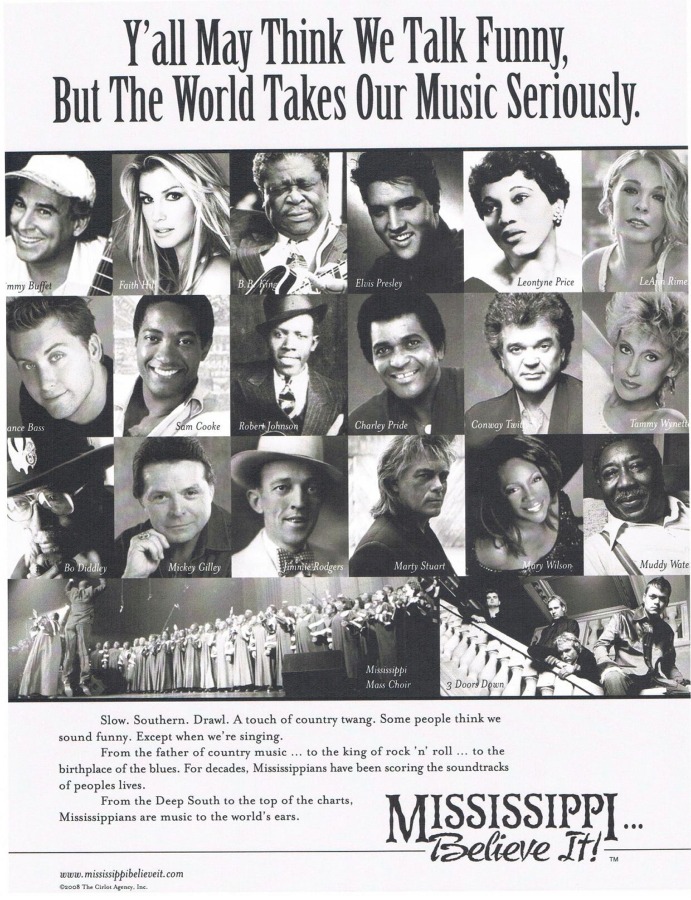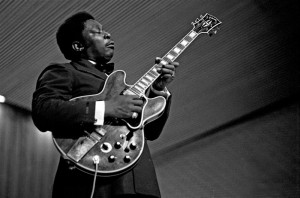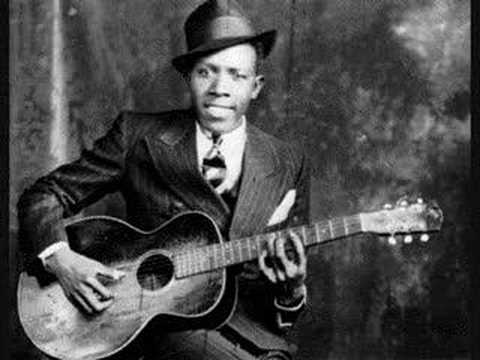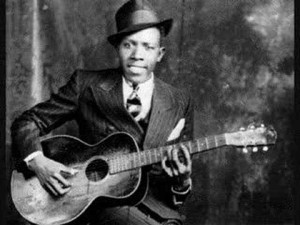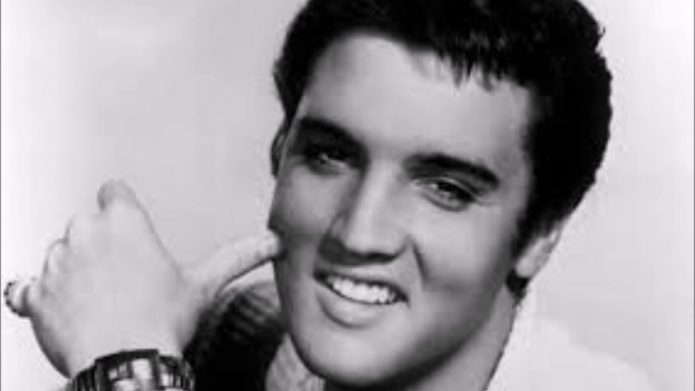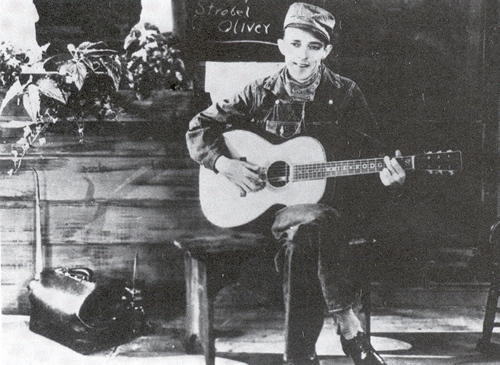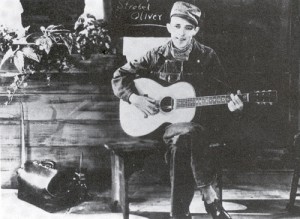From The Mississippi Mass Choir Website:
Serving God Through Song” is the motto and the mission of The Mississippi Mass Choir. Although striving to succeed in the gospel music industry, the choir’s purpose is to help establish the gospel of Jesus Christ throughout the world. Since its formation in 1988, the choir has won numerous honors and awards for its contributions to gospel music. The group has traveled throughout the United States, toured Japan and appeared in Nassau, the Bahamas.
After wrestling with the idea of forming a mass choir, Frank Williams, a member of The Jackson Southernaires and an executive in the gospel music division of Malaco Records, decided to form The Mississippi Mass Choir. First, he got the record company’s support. Then he began calling on Mississippi talents like David R. Curry Jr., who became the choir’s music director. Having the foundation laid, open auditions were held and more than 100 voices from across the state came together to form The Mississippi Mass Choir. After months of rehearsals, the choir recorded their first album and video The Mississippi Mass Choir Live on October 29, 1988.
In the spring of 1989, five weeks after their debut album was released, Billboard magazine certified it as the Number 1 Spiritual album in the country. The album stayed on the Billboard charts for a consecutive 45 weeks, setting a new record for gospel recordings. At the 9th annual James Cleveland GMWA Awards, the Mississippi Mass won the Choir of the Year-Contemporary, and Best New Artist of the Year-Traditional. They also walked away with four Stellar Awards in 1989 and nominated in several categories for the 1989 Soul Train Music Awards and Dove Awards.
The choir has ministered in song in over 40 states within the USA, including Alaska. They have traveled to Japan, Italy, Spain, Bahamas, and Greece; becoming the first gospel group to perform at the Acropolis. While attending the Umbria Jazz Gospel and Soul Easter Festival in Terni, Italy, the choir was invited to sing for Pope John Paul II at his summer residence.
In October of 2013 The Mississippi Mass Choir commemorate their 25th year Anniversary by recording their 10th “LIVE” album in front of a sold out crowd in Jackson, MS. On April 11th the choir released their new single “God’s On Your Side” featuring Sunday Best Winner Le Andria Johnson and Stan Jones.
Declaration of Dependence will be released in late May of 2014. The choir the begin a 10 city tour and 13 cities Spain tour.
Awards
- 2010 Stellar Award “Thomas Dorsey Most Notable Achievement Award
- January, 2000 Mississippi Music Museum Hall of Fame
- 1999 Grammy Award Grammy Nomination
- 9th Annual James Cleveland Gospel Music Workshop of America Excellence Awards. Choir of The Year, Contemporary. Best New Artist of the Year
- 1997 Grammy Award. Best Gospel Album by a Choir or Chorus, “I’ll See You in the Rapture”
- 1997 Stellar Awards. Choir of the Year, ” I’ll See You in the Rapture”. Traditional Choir of the Year, “I’ll See You in the Rapture”
- 1994 National Association of Record Merchandiser (NARM). Best Sellers Award
- 1994 Stellar Awards,Traditional Choir of the Year,Traditional Album of the Year
- 1994 Dove Award Nomination. Contemporary Black Gospel Recorded Song of the Year, “Your Grace and Mercy” from It Remains to be Seen
- 1994 Soul Train Music Award,Best Gospel Artist
- 1994 Billboard Magazine,Gospel Artist of the Year
- 1994 3M Corporation, Innovation Award
- 1994 Indie Award. Best Selling Gospel Album, “It Remains to be Seen”
- 1994 Indie Award,Best Selling Gospel Album, “God Gets the Glory”
- 1993 National Association of Record Merchandisers (NARM). Best Sellers Award
- 1992 Billboard Magazine, Gospel Artist of the Year
- 1992 Billboard Magazine. Gospel Record of the Year, “God Gets the Glory”
- 1992 3M Corporation, Innovation Award
- 1992 Stellar Awards, Traditional Choir of the Year. Choir of the Year
- 1992 Stellar Nominations, Album of the Year. Video of the Year
- 1991 Billboard, Album of the Year. “Rev.James Moore, Live with the Mississippi Mass Choir”
- 1991 National Association of Record Merchandisers (NARM)
- 1991 Best Sellers Award
- 1991 Indie Award. Best Selling Gospel Album, “The Mississippi Mass Choir, Live!”
- 1990 Billboard Special Achievement Award. Recognizing debut album at #1, 45 consecutive weeks.
- 1990 Billboard Magazine. Gospel Record of the Year, “The Mississippi Mass Choir Live!”
- 1990 Stellar Award. Album of the Year, “I’m Yours Lord”
- 1990 Billboard Magazine Gospel Artist of the Year
- 1989 Stellar Awards Choir of the Year. Album of the Year. Best New Artist. Best Gospel Video
- 1989 Stellar Nomination Song of the Year, “Near the Cross”



